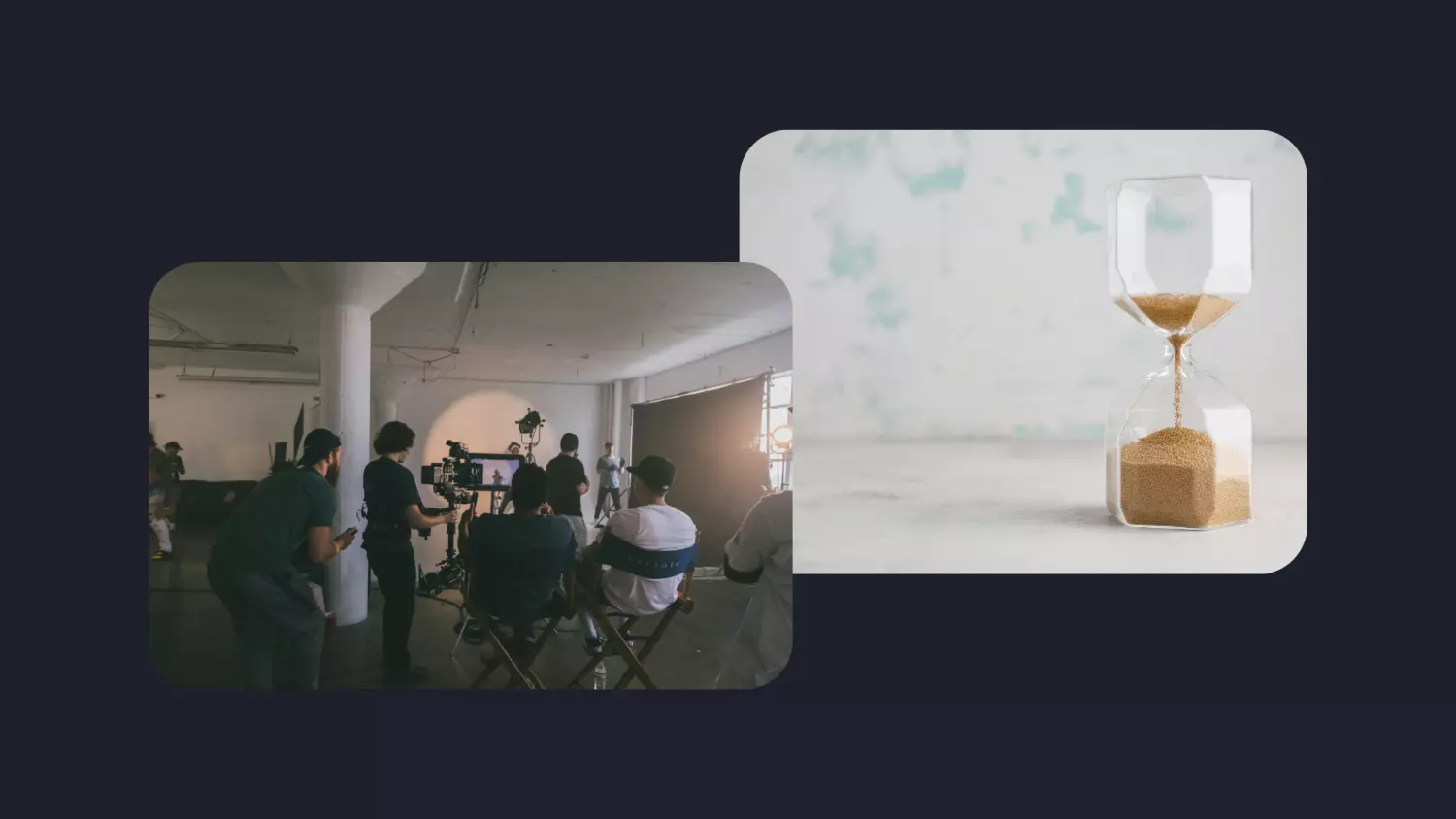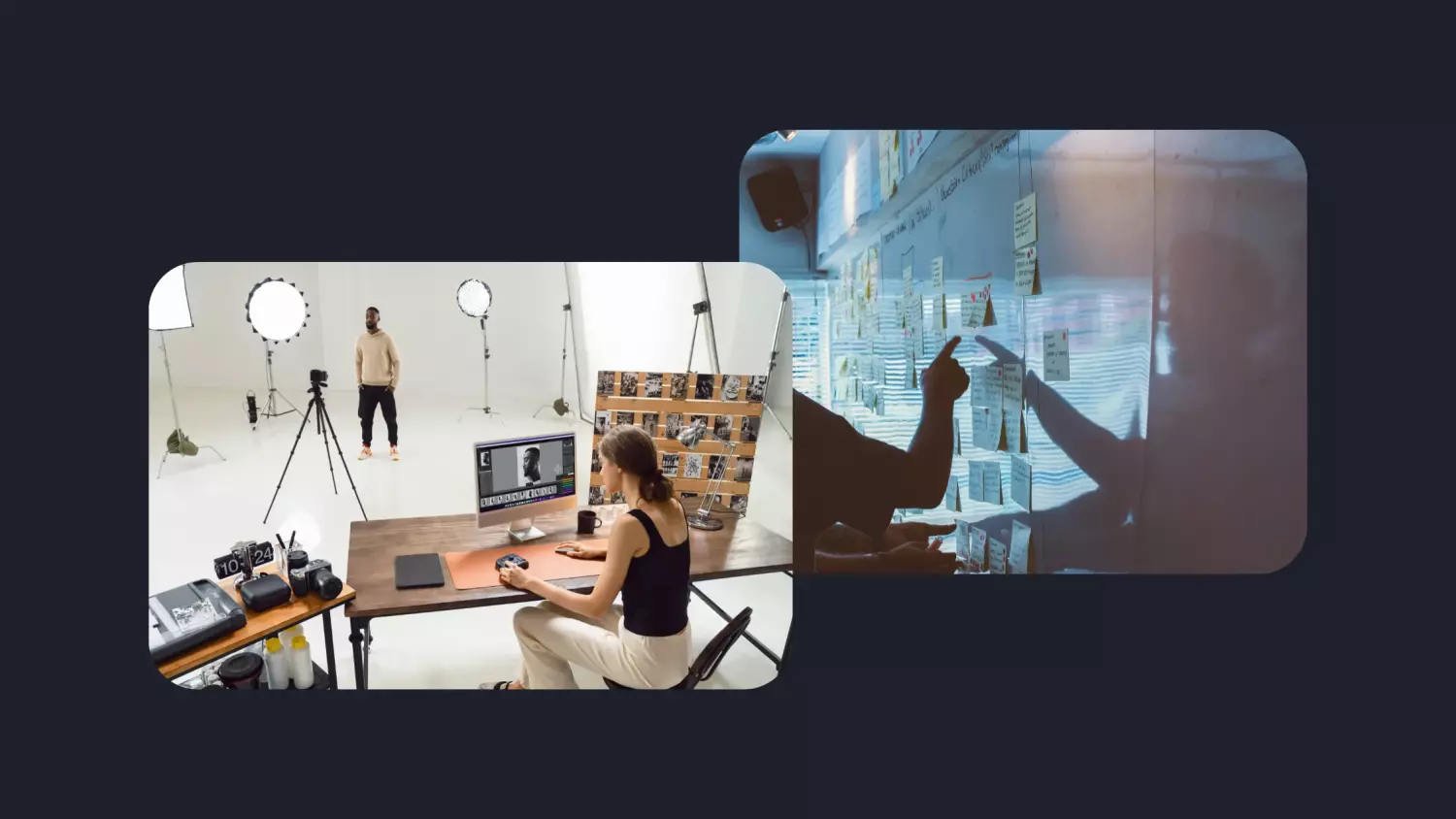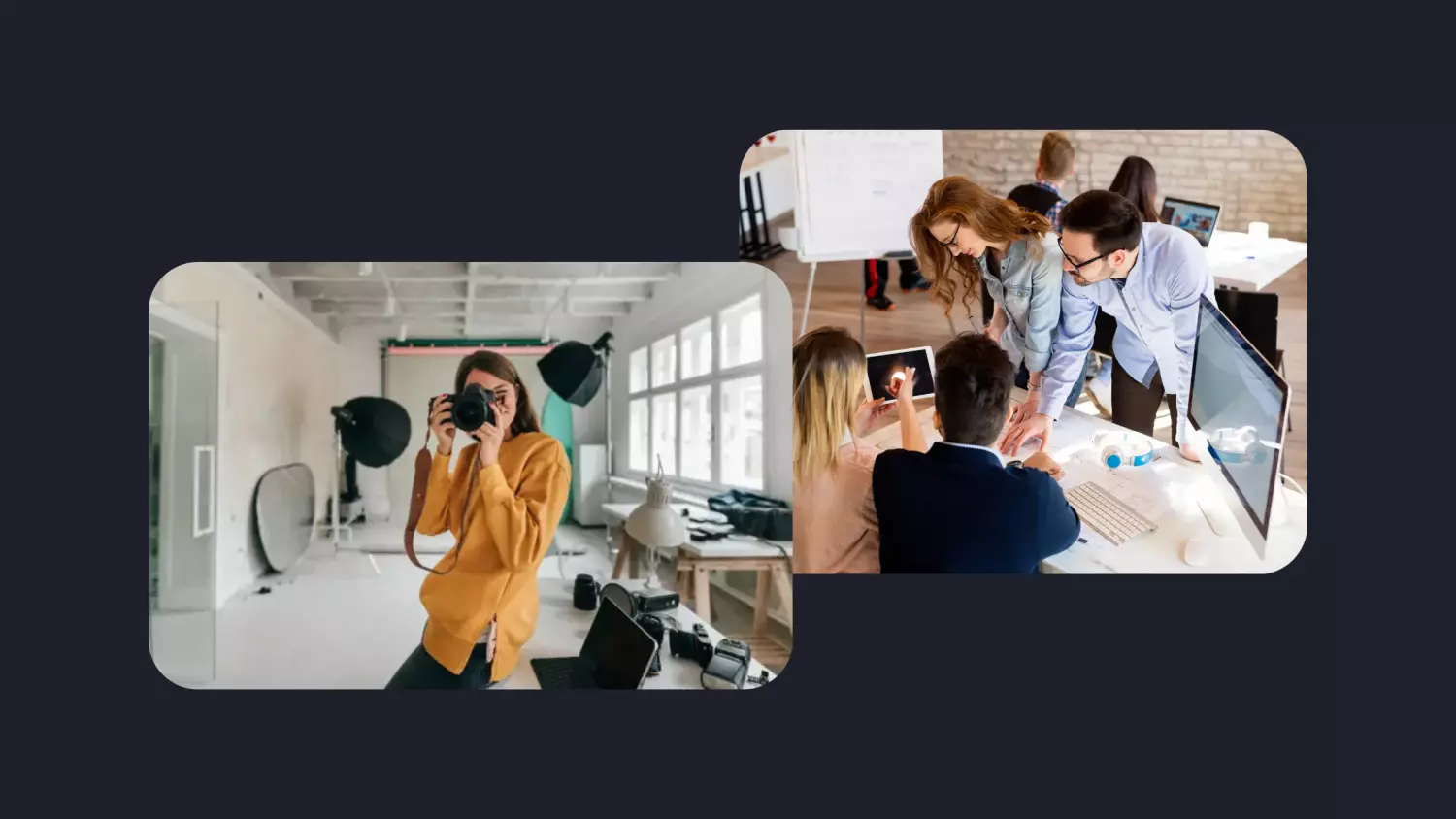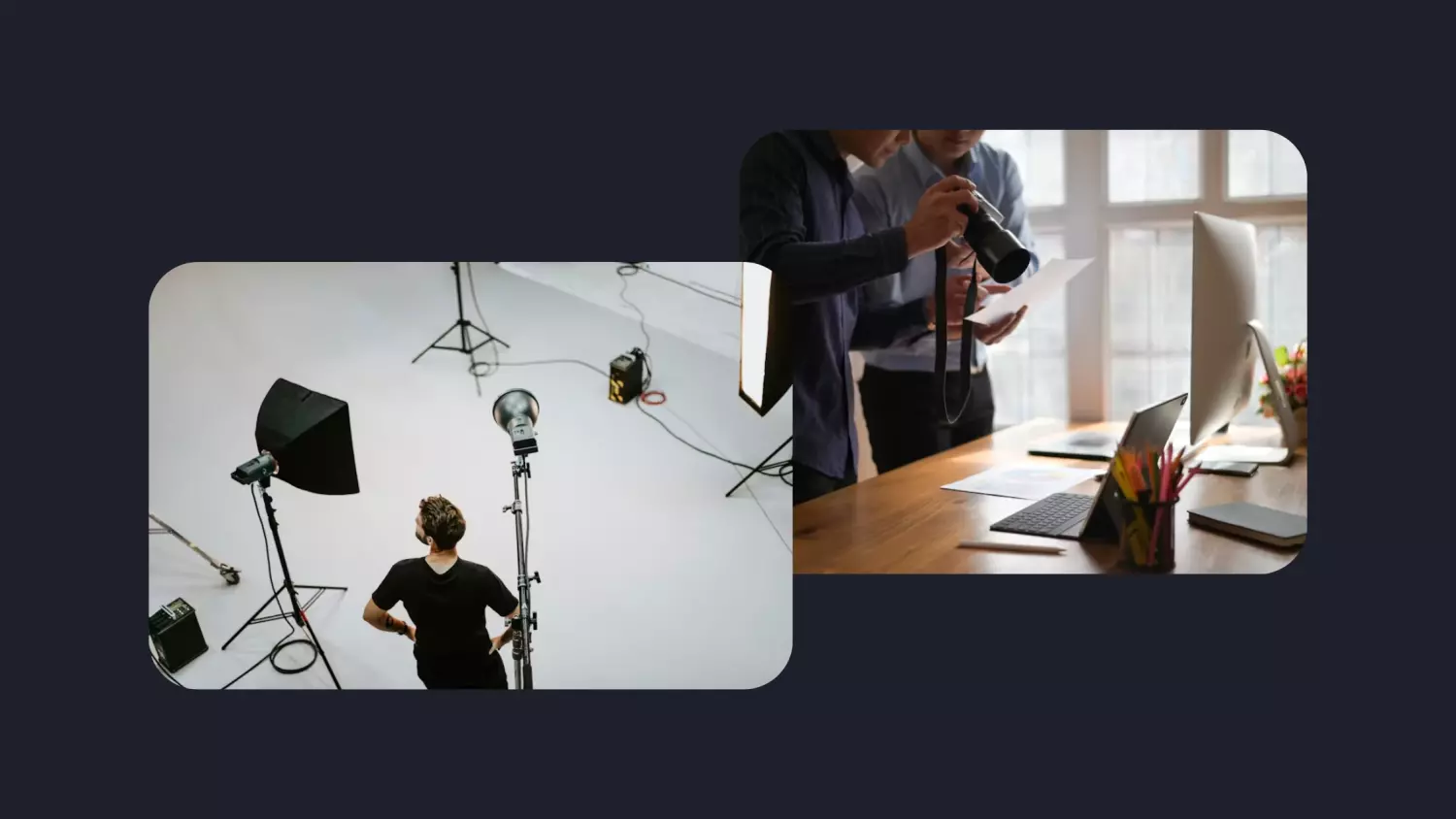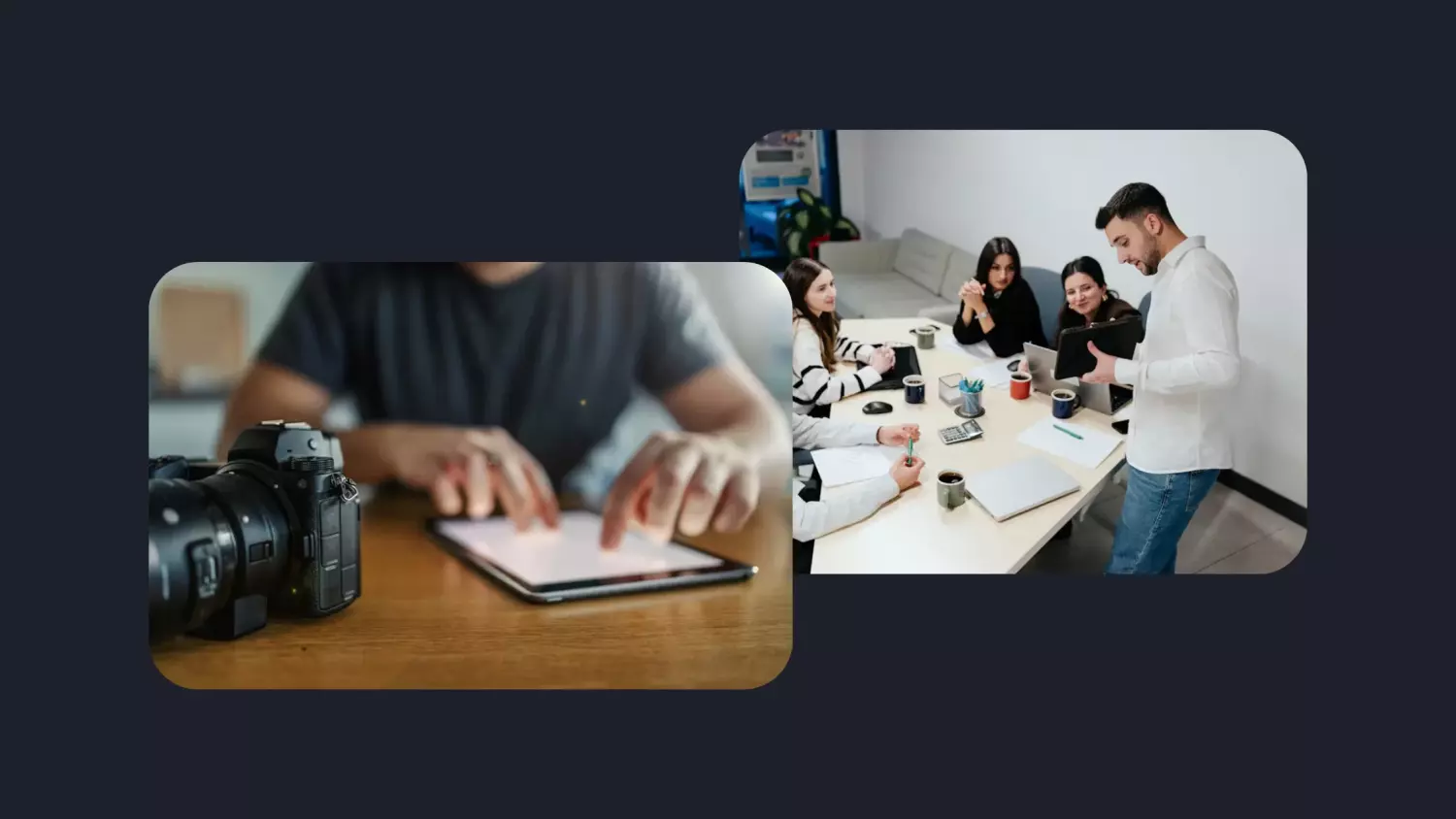This year’s FLOW event in London brought together leaders across e-commerce, creative technology, and digital strategy—and the Lets Flo team, Rich Summers and David Hudson, were there to soak it all in. The event was packed with forward-thinking ideas, particularly how brands can blend technology with creativity to stay competitive in a rapidly changing market.
Here are some of the key takeaways from the different sessions that left us inspired:
3D for sustainable and cost-effective production decisions
What used to take endless prototypes and waste is now streamlined with digital samples, thanks to 3D. Tools like CLO 3D let designers create and sell products before making a physical sample—saving time, money, and the environment. The impact on both e-commerce and traditional fashion processes is huge, offering faster production cycles, fewer prototypes, and more creative freedom.

Hypothesis-driven AI experimentation
Mel McVeigh stressed that AI isn’t just for speeding up or automating tasks; it’s a tool for experimenting with content. Brands like Conde Nast have used AI-driven tests to boost commerce revenue by 30%, focusing on small, data-driven experiments before scaling up. The real value of AI comes when it’s paired with a hypothesis-driven approach, allowing businesses to make informed decisions based on actual data, not just assumptions.

AI for ideation, mockups, and animations
McCann’s team explained how AI is transforming early-stage creative work. From generating rough mockups and storyboards to producing quick animations, AI is rapidly accelerating ideation processes. Teams can now iterate faster, visualising multiple versions of a project before settling on the final product. This takes a lot of the manual, repetitive work off the creative team’s shoulders.
Prompt engineering may soon be a thing of the past
AI is evolving fast, and it’s becoming easier to use. Criss highlighted that as AI tools become more intuitive, the need for specialised prompt engineering will decrease. AI models are getting better at understanding natural language and soon we will be able to use them without needing to fine-tune prompts.
Content versioning with AI
Creating different versions of videos and images for each platform used to take a lot of time, but AI tools now automate this. Criss and Faye from McCann showed how AI can now automatically generate optimised versions of content for different platforms like TikTok and Instagram, cutting down on manual work.
AI is powering creative branding at scale
Faye from McCann shared how AI helped Bimbo, a bread company, create unique branding for 8,500 street food vendors. AI scaled the process, creating 42,000 unique assets and boosting sales by 20%. It’s an excellent example of how AI can power creative branding on a large scale. This project not only streamlined operations but also resulted in a remarkable 20% increase in sales, illustrating how AI can effectively scale creative solutions.

Immersive content is the future of e-commerce
Jo Bird’s talk highlighted how brands are creating immersive shopping experiences to boost engagement. Examples like Balenciaga’s 360-degree video shopping or Zara’s live shopping show that the future of e-commerce will be much more interactive and connected to the customer. These kinds of interactive experiences are proving to be incredibly effective in boosting engagement and building a sense of connection with consumers.
Visual storytelling is key to brand identity
Jo Bird emphasised how aligning visuals with your brand’s values can build stronger connections with customers. Whether it’s eco-conscious campaigns like Allbirds or diversity-driven visuals from Savage Fenty, strong visual storytelling makes brands memorable in a crowded space. This isn’t just about looking good—it’s about creating a narrative that resonates.
User-Generated Content (UGC) builds authenticity
Customers today want more than a simple transaction—they want to feel connected to something bigger. Jo Bird highlighted how user-generated content (UGC) creates community and authenticity for brands. With 79% of people influenced by UGC but only 16% of brands using it effectively, there’s a huge opportunity here. Brands like Karl Lagerfeld saw a 7% conversion boost and 20% increase in average customer value by showcasing UGC on their e-commerce platforms.

AI is everywhere
Everyone is talking about AI, and it’s okay to feel daunted by how busy the AI space is right now, but we’re here to help you sort through the noise.
Several AI tools stood out at FLOW 2024, and they’re already proving invaluable in content production and optimisation.
Here’s a list of the most useful AI tools discussed during the event:
An AI-powered image generation platform that transforms text descriptions into detailed, visually stunning images. It’s widely used for concept art, visual brainstorming, and creative mockups.
Specialises in AI-powered video and image creation. It enables users to animate still images, apply effects, and generate dynamic content with minimal effort.
Uses AI to make seamless visual edits in videos, such as altering speakers’ lip movements to match different languages for dubbing. It enhances content localisation by preserving the original performance while ensuring accurate language synchronisation.
Takes digital content to the next level by creating hyper-realistic, high-quality digital avatars and virtual performances for entertainment, advertising, and content creation. Their tools enable lifelike virtual experiences while promoting ethical applications of AI-generated media.
Makes it easy to turn text into realistic, expressive speech using advanced voice cloning tech. Whether you’re creating content for podcasts or virtual assistants, their tools help you sound natural.
Creates heat maps to show where customers focus on your website or image, helping you optimise layouts for engagement. Know exactly where your customers’ eyes are drawn the moment they land on your website.
Uses AI powered dubbing to make the output feel as natural as the original, with precise lip-syncing and expressive voice performances. It’s about making content accessible without sacrificing authenticity
Helps brands enhance their creative output by using AI-powered data insights to analyze and optimise content quality. It ensures consistency, brand compliance, and improved performance across digital platforms.
Making AI work, responsibly
By embracing both innovation and introspection, FLOW 2024 invited us to rethink our relationship with AI in ecommerce and beyond. Kelsey Farish’s presentation was a reminder that being smart with AI means being responsible, too.
- Consulting legal experts is necessary to avoid potential risks
- Transparency is critical, and brands should always label their AI-generated content
- Document all the AI-related decisions for your business
- Familiarise yourself with international laws, including the EU AI Act and GDPR, as well as UK and US regulations on AI
- AI should complement the creative teams, not replace them

Wrapping up…
FLOW 2024 was a great reminder of just how fast the e-commerce and creative landscape is evolving with AI as a catalyst. The blend of technology and creativity is reshaping how brands engage with customers, and the opportunities are endless.
For us at Lets Flo, the event reinforced the importance of staying ahead of these trends, so we can continue to deliver innovative, impactful solutions for our clients.
Here’s to the future of e-commerce and creativity—brighter, smarter, and more dynamic than ever before!

